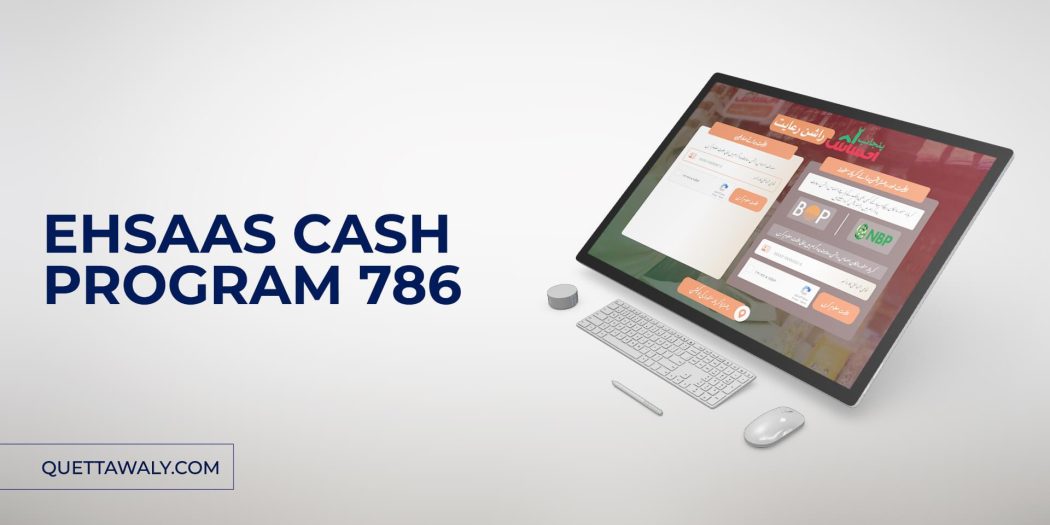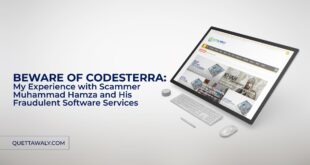The Ehsaas Cash Program 786 is a social welfare program that has been initiated by the Pakistani government to provide financial assistance to the country’s most vulnerable individuals and families. The program is named after the number “786”, which is considered to be a lucky number in the Muslim faith. This article will explore the details of the Ehsaas Cash Program 786, including its objectives, eligibility criteria, and impact on Pakistani society.
Objectives of the Ehsaas Cash Program 786
The primary objective of the Ehsaas Cash Program 786 is to provide financial assistance to those who are struggling to make ends meet in Pakistan. The program aims to reduce poverty and inequality in the country by providing cash transfers to the most vulnerable individuals and families. The program also seeks to promote financial inclusion by encouraging the beneficiaries to open bank accounts and use digital payment methods.
Eligibility Criteria for the Ehsaas Cash Program 786
To be eligible for the Ehsaas Cash Program 786, an individual must meet certain criteria. The program targets the poorest segments of society, including widows, orphans, the disabled, and the elderly. Applicants must have a valid CNIC (Computerized National Identity Card) and must be able to prove that their income is below the poverty line. The program also prioritizes female-headed households, as women are often the most marginalized members of society.
How the Ehsaas Cash Program 786 Works
The Ehsaas Cash Program 786 provides cash transfers to eligible beneficiaries on a bi-monthly basis. The amount of cash transfer varies depending on the household size and the location of the beneficiary. The program uses a digital payment system to transfer funds directly to the beneficiaries’ bank accounts or mobile wallets. The beneficiaries are also provided with financial literacy training to help them manage their money and make informed financial decisions.
Impact of the Ehsaas Cash Program 786 on Pakistani Society
Since its launch in 2019, the Ehsaas Cash Program 786 has had a significant impact on Pakistani society. The program has provided financial assistance to over 15 million individuals and families, helping them to meet their basic needs and improve their standard of living. The program has also promoted financial inclusion by encouraging the beneficiaries to open bank accounts and use digital payment methods. This has helped to reduce the reliance on cash-based transactions and promote a more formal financial sector in Pakistan.
Challenges and Future of the Ehsaas Cash Program 786
Despite its success, the Ehsaas Cash Program 786 faces several challenges. One of the biggest challenges is ensuring that the program reaches the most vulnerable individuals and families, particularly those in remote and marginalized areas. Another challenge is ensuring that the program is sustainable in the long term and does not become dependent on external funding.
However, the future of the Ehsaas Cash Program 786 looks promising. The program has already made a significant impact on Pakistani society and has the potential to do even more. The government is committed to expanding the program and reaching even more vulnerable individuals and families in the future.
Conclusion
The Ehsaas Cash Program 786 is a social welfare program that is helping the most vulnerable individuals and families in Pakistan. The program provides financial assistance to those who are struggling to make ends meet, promoting financial inclusion and reducing poverty and inequality in the country. While the program faces several challenges, its impact on Pakistani society has been significant. With the government’s commitment to expanding the program, the Ehsaas Cash Program 786 has the potential to make an even greater impact in the future.
To be eligible for the Ehsaas Cash Program 786, an individual must meet certain criteria. The program targets the poorest segments of society, including widows, orphans, the disabled, and the elderly. Applicants must have a valid CNIC (Computerized National Identity Card) and must be able to prove that their income is below the poverty line. The program also prioritizes female-headed households, as women are often the most marginalized members of society.
The Ehsaas Cash Program 786 uses a digital payment system to transfer funds directly to the beneficiaries' bank accounts or mobile wallets. This helps to reduce the reliance on cash-based transactions and promote a more formal financial sector in Pakistan.
Since its launch in 2019, the Ehsaas Cash Program 786 has provided financial assistance to over 15 million individuals and families, helping them to meet their basic needs and improve their standard of living. The program has also promoted financial inclusion by encouraging the beneficiaries to open bank accounts and use digital payment methods. This has helped to reduce the reliance on cash-based transactions and promote a more formal financial sector in Pakistan.
One of the biggest challenges facing the Ehsaas Cash Program 786 is ensuring that the program reaches the most vulnerable individuals and families, particularly those in remote and marginalized areas. Another challenge is ensuring that the program is sustainable in the long term and does not become dependent on external funding.
The future of the Ehsaas Cash Program 786 looks promising. The program has already made a significant impact on Pakistani society and has the potential to do even more. The government is committed to expanding the program and reaching even more vulnerable individuals and families in the future.Who is eligible for the Ehsaas Cash Program 786?
How does the Ehsaas Cash Program 786 transfer funds to beneficiaries?
What impact has the Ehsaas Cash Program 786 had on Pakistani society?
What are the challenges facing the Ehsaas Cash Program 786?
What is the future of the Ehsaas Cash Program 786?
 Quettawaly Digital Talent Show
Quettawaly Digital Talent Show





